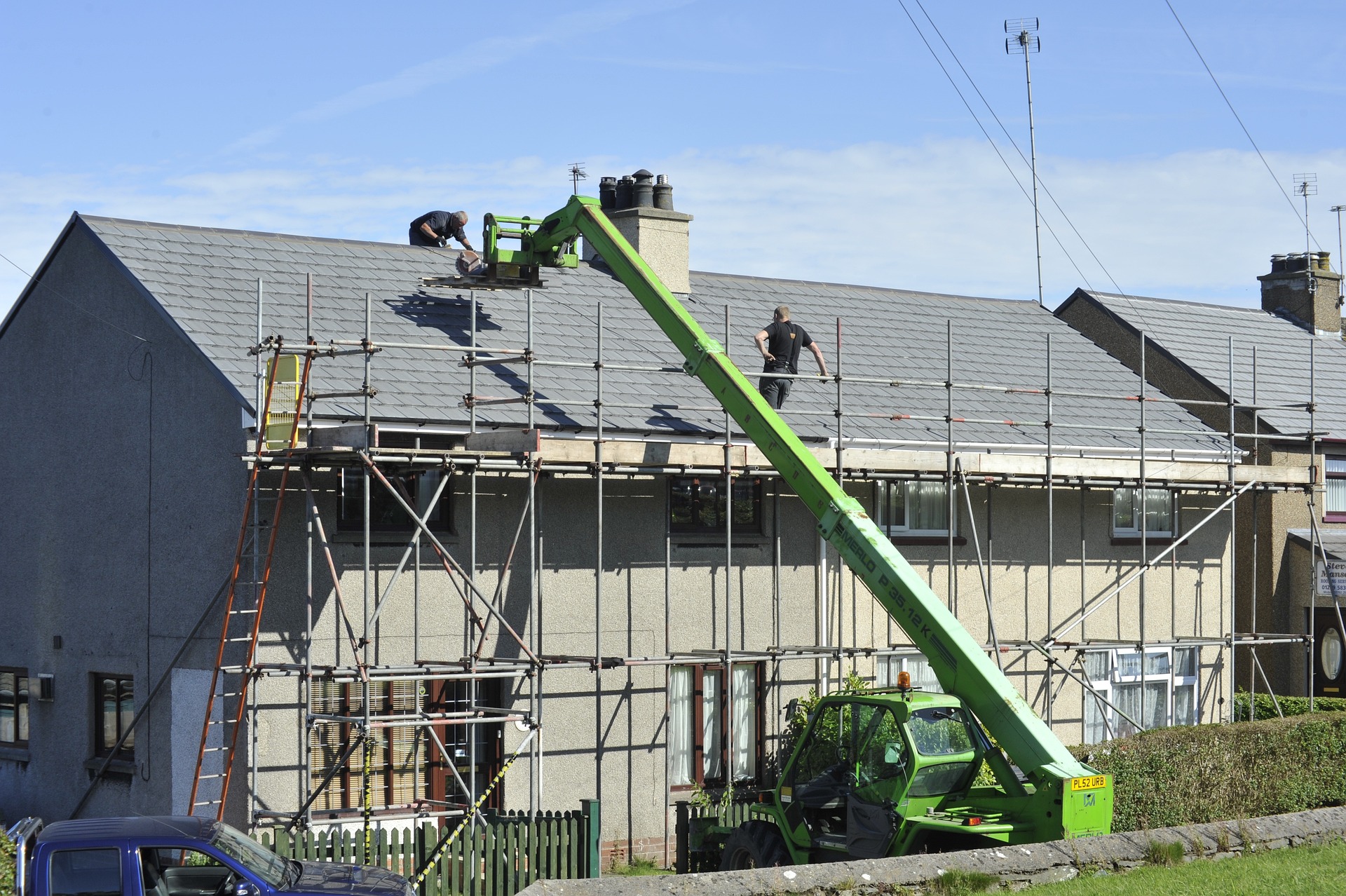The Essential Checklist for Dealing With Roofing Permits During Replacement
Roof replacement is a significant investment for any homeowner. While selecting the right materials and finding a reputable contractor are crucial aspects of the process, there’s one important element that often gets overlooked – roofing permits. Yes, dealing with permits may not sound as exciting as choosing shingles or planning your dream roof design, but it’s an essential step to ensure your project complies with local regulations and building codes. So, before you embark on this home improvement journey, let’s take a closer look at the essential checklist for handling roofing permits during replacement. Home Adore is an informative read that discusses key factors that should shape decisions when it comes to roof replacement, offering valuable insights for homeowners.

Research Local Permitting Requirements
Before starting a roof replacement project, it’s crucial to research and understand the specific permitting requirements set by your local authorities. Each jurisdiction has its own rules and regulations regarding roofing permits. You may need to provide certain documents, such as plans, specifications, or contractor information, as part of the permit application. Familiarize yourself with the requirements and ensure that you have all the necessary information and paperwork before proceeding.
Obtain the Required Permits
Once you have a clear understanding of the local permitting requirements, the next step is to obtain the necessary permits. Most jurisdictions require a permit for roof replacement projects, regardless of the extent of the work. Contact your local building department to initiate the permit application process. It’s important to submit all required documents accurately and pay any applicable fees.
Schedule Inspections
As part of the permit process, inspections will be required at various stages of the roof replacement project. Inspections ensure that the work is being done correctly and in accordance with local building codes. When obtaining the permits, inquire about the specific inspections that will be required, such as a pre-installation inspection, a mid-project inspection, and a final inspection.

Follow Building Codes and Regulations
During the roof replacement project, it’s essential to comply with local building codes and regulations. These codes are in place to ensure the safety and structural integrity of your home. Your contractor should be familiar with these codes and adhere to them throughout the installation process. It’s important to communicate with your contractor about the requirements and expectations set by the local authority, ensuring a smooth and compliant roof replacement project.
Dealing with roofing permits is a crucial aspect of any roof replacement project. Researching local permitting requirements, obtaining the necessary permits, scheduling inspections, and following building codes and regulations are four fundamental factors that should be included in your checklist.…


